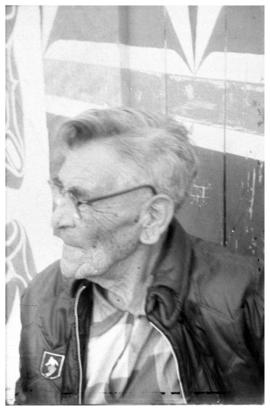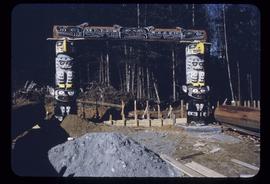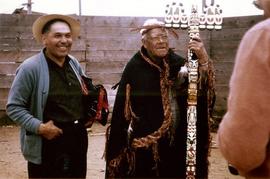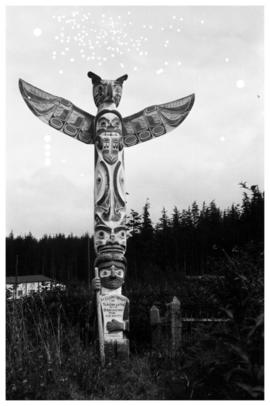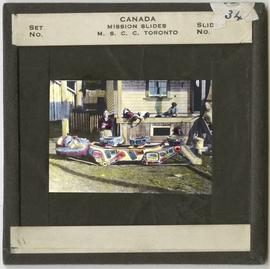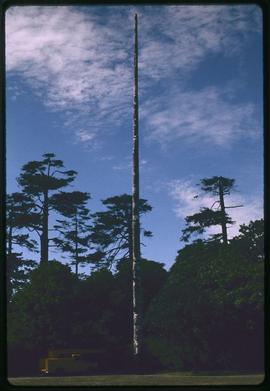Item consists of a recording of the Learning Kwak’wala book 6: Saying Everyday Things, and it features Agnes Cranmer, Margaret Cook, and Jay Powell engaging in vocabulary and grammar exercises in the workbook, Jay Powell asks the questions in English and Agnes Cranmer and Margaret Cook give the response in Kwak’wala; Side A: pages 27-42, continues with the exercises on page 27, and covers the future tense, the past tense, plural we endings distinguishing between ones that include or exclude someone, plural you form, the forms of plural they that distinguish between whether the group is present or absent, and the grammar to say "to eat"; Side B: pages 43-54, and continues with the exercises for the verb "to eat, and covers yes/no dialogues, and the grammar for "do," "am," and "very," and stops halfway through the vocabulary on page 54. Jay Powell mistakenly introduces the tape as side one, but begins where side stopped. Recorded on both sides.


